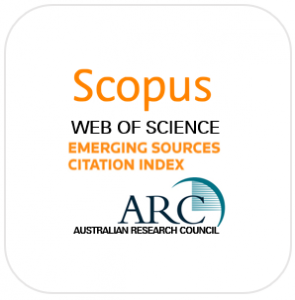Vol. 3, No. 1 (2007): 1–14.
Abstract
With the disappearance of the imperial structures that had dominated Southeast Asia, newly-independent states had to develop foreign policies of their own. So far few, if any, have been willing to allow historians to explore the documentary evidence that has no doubt been preserved. Somewhat paradoxically, they must turn to the archives of external powers, which largely follow a thirty-year rule. Their diplomats were indeed often keenly interested in collecting information from ministers, on the golf course or otherwise, and from officials, who might convey or leak it more or less straightforwardly. In my recent book, Regionalism in Southeast Asia, I was able to incorporate material from United Kingdom (UK) records on the development of Southeast Asia Friendship and Economic Treaty (SEAFET), Association of Southeast Asia States (ASA) and Association of Southeast Asian Nations (ASEAN). I have been turning more recently to the material in the New Zealand archives, which contain not only reports from New Zealand diplomats but also from Australian and Canadian diplomats as well. They have both supported and modified my conclusions.
Author’s bio
Nicholas Tarling, who was awarded the LittD by Cambridge University in 1974, was a Professor of History at the University of Auckland 1968–1996, and is currently a Fellow of the New Zealand Asia Institute (NZAI) at the university. He has published many books and articles on the history of Southeast Asia, particularly, but not exclusively, on the role of the British. He was the editor of The Cambridge History of Southeast Asia.
Download

